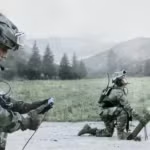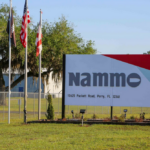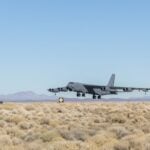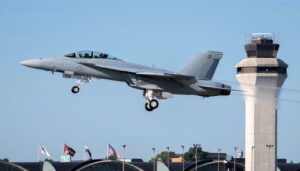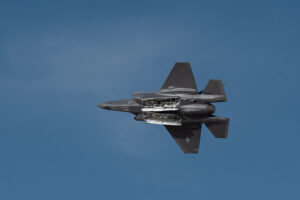
BAE Systems said on Dec. 12 that its AN/ASQ-239 electronic warfare (EW) system for Block IV of the Lockheed Martin [LMT] F-35 is to feature immediate detection of threat pulses. “Block 4 AN/ASQ-239 is designed to detect every relevant threat pulse as soon as it happens,” Lisa Aucoin, BAE Systems' vice president of F-35 solutions, said in a statement. “We’re focused on delivering unprecedented situational awareness that enables rapid responses to multiple simultaneous threats.” The AN/ASQ-239 passively detects threat signals…


